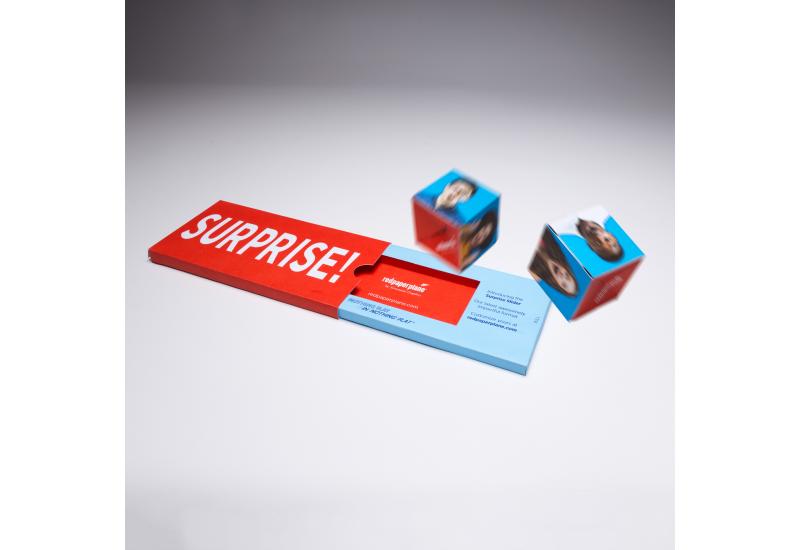When was the last time you had a mailbox full of actual mail?
Us too.
Print magazines and books now have “e” in front of them. People are paying their bills on the Internet. Customers are opting to go paperless and companies have scaled back printing catalogs, opting instead to use their budgets for websites and social media advertising.
Yet there seems to be a print resurgence of sorts among new, digitally-savvy, direct-to-consumer companies. Brands like Casper, Glossier, Quip, Wayfair and HelloFresh have taken to targeting customers in the mail, not just via email.
“The rise of young, digital brands spending money to mail us stuff speaks to the cyclical progress of shopping trends,” says Chavie Lieber in this Vox article. “A decade ago, companies looking to reach customers would often buy email addresses from third parties. They’d do giveaways and, if existing customers handed over their family and friends’ email addresses, they’d offer discounts too.”
But today, it’s a different story.
“[T]he virtual mailbox today looks a whole lot like our parents’ IRL mailboxes back then: A total s*** show,” Lieber continues. “Our inboxes are overflowing with newsletters, real letters, ride-sharing receipts, lunch-sharing receipts, bills, fake bills, breaking news notifications, not-so-breaking news notifications, brand promotions, sales promotions, social media alerts, spam… How do we all stay on top of this?”
The answer: We don’t.
Every day, we’re inundated with hundreds of emails. Add that to the excessive number of ads we’re faced with on social media, TV, radio and the Internet, and it almost makes you want to scream “Uncle!”.
“People our age get hundreds of emails a day, but they only get ten pieces of a mail a day, if that many,” says Pete Christman, the head of acquisition marketing at the shaving company Harry’s, which counts on mailers as part of its marketing. “From a numbers perspective, email is a much noisier environment.”
But it’s not just consumers who are feeling the effects of playing in this noisy digital space. Businesses are feeling it, too. Many are finding themselves fishing in a small pond, targeting the same age group, living in the same heavily populated areas with the same general income. In a word, it’s crowded.
This is why direct mail is often a more effective way to capture the attention of new and existing customers. Instead of pouring money into a Facebook or Instagram ad (the price of which increases based on how effectively it’s performing), direct mail pieces not only encourage trust in the brand that sent it, but the customer also retains the information in the mailer longer than if they were to have seen it in an email. Not to mention, when a high-impact printed format is received by a consumer it stands out in an engaging manner, which is more than we can say for the cluttered digital ads still sitting in their inbox or smartphone applications.
